Natural disasters have been a part of this planet’s history from the beginning of the earth’s existence.
Many facts and figures of natural disasters long past are lost to history and we will never know the true devastation they created. We only have hints of what happened at that time which have survived through history.
Now we have early warning systems that can alert us when severe weather is forming and when a natural disaster could be imminent.
These early warning systems literally save lives. Sometimes a natural disaster can still catch us unawares and these are the ones that tend to create more damage and have a lot more loss of life.
Some of the worst natural disasters in modern history have left entire countries devastated with whole buildings wiped out and massive loss of life. We look at some of the worst natural disasters in history.
2004 Indian Ocean Earthquake And Tsunami
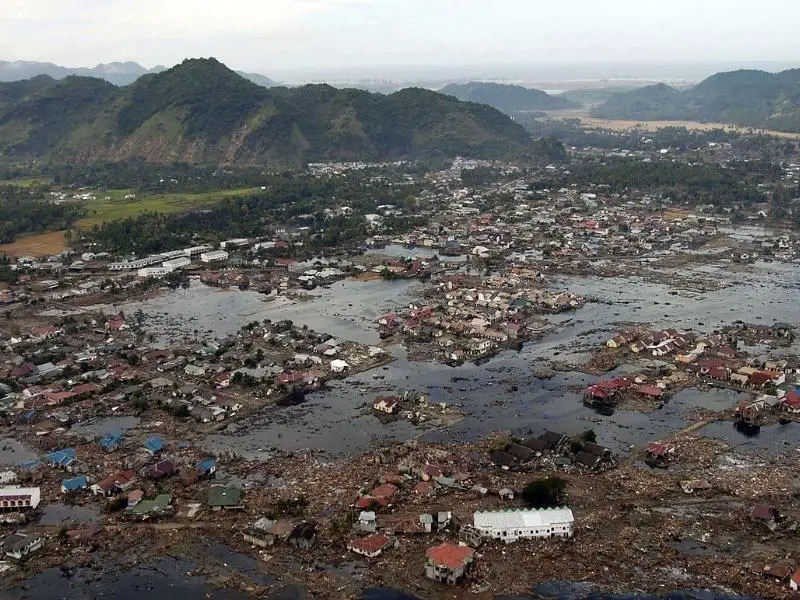
One of the natural disasters where the impact was really felt worldwide happened on the 26th of December 2004 at 07:59 AM. An undersea earthquake with a magnitude of 9.1 hit off the coast of the Indonesian island of Sumatra. The resultant tsunamis from this quake continued for several hours reaching a number of Asian countries and causing absolute devastation. Some countries were hit with waves over 30 feet high.
Approximately 225 000 lives were lost over 12 countries that were hit by the tsunamis. The worldwide impact came in the form of the high number of tourists affected in all these countries visiting over the December holidays. Indonesia was the worst hit with an estimated 200 000 deaths in this country alone.
The after effects of the tsunami resulted in a lack of food, clean water, and adequate medical treatment which increased the death toll. The long term damage experienced after this tsunami was horrible environmentally with salt water ruining crops and plants. Also many areas were completely demolished and the resultant debris took ages to deal with.
1976 Tangshan Earthquake
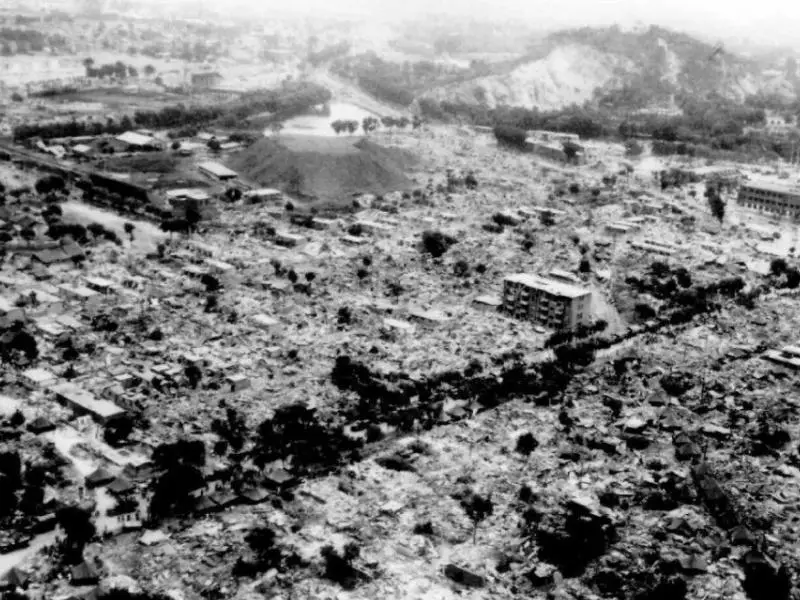
An earthquake with one of the highest death tolls in history, the Tangshan earthquake, nearly flattened the Tangshan area in China. The earthquake with a magnitude of 7.5 on July 28, 1976 hit the coal mining and industrial town of Tangshan at 03:42 AM.
The confirmed death toll was 242 000 but it is suspected this was grossly underestimated and it was likely closer to 655 000. This does not include the 700 000 people injured. Many of which were killed as they slept and their homes collapsed around them.
A large aftershock of 7.1 magnitude struck later that day approximately 43 miles northeast from the original quake causing further damage and destruction. The earthquake occurred along a previously unknown fault which is part of the reason no one saw this coming.
1970 Bhola Cyclone
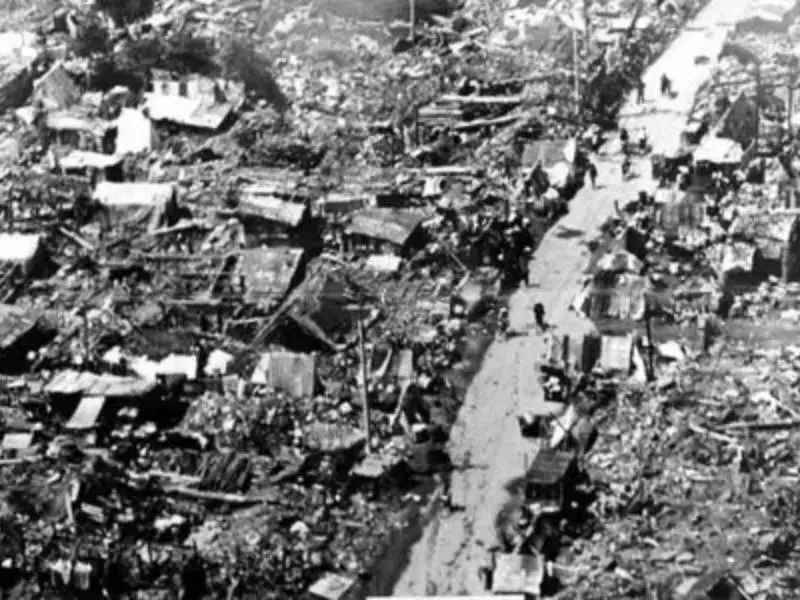
This tropical cyclone hit east Pakistan on November 12, 1970. The densely populated Ganges-Brahmaputra delta area was hit hard and hundreds of thousands of people lost their lives. This cyclone was not even ranked to be a top category storm on the cyclone intensity scales but it ended up being one of the deadliest cyclones in recorded history.
The cyclone was also accompanied by a storm surge that flooded certain lower lying regions. Many residents drowned and approximately 300 000 – 500 000 people were killed. Sometimes entire villages were wiped out. Poorly handled relief and rescue operations added to the devastation of this natural disaster.
2010 Haiti Earthquake
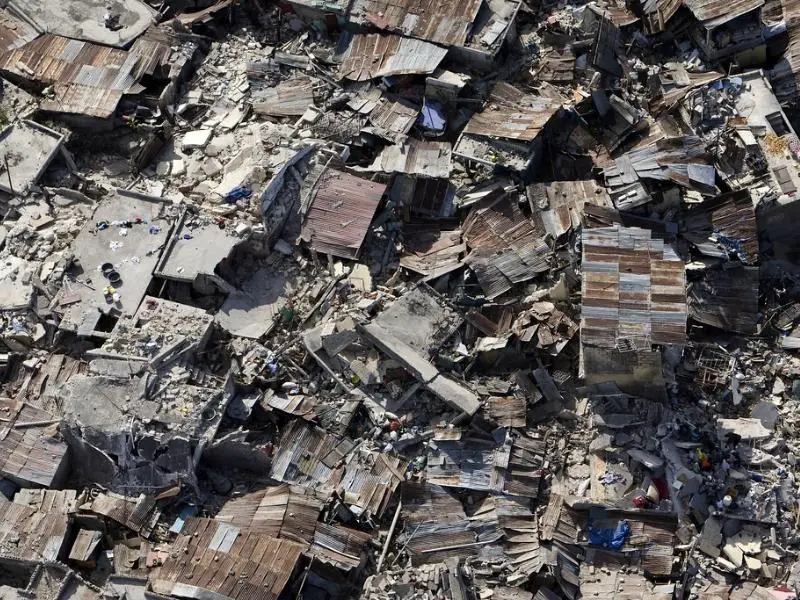
On January 12, 2010 a 7.0 magnitude earthquake hit the West Indian island of Hispaniola, comprising the countries of Haiti and the Dominican Republic. Haiti was the country most severely affected by this large magnitude quake. The Hatian government recorded the death toll at higher than 300 000 but other estimates were less than this. Plenty of people were displaced by this tragedy.
The initial quake hit southwest of the Haitian capital of Port-au-Prince. Two subsequent smaller aftershocks followed the initial earthquake. These were unfortunately not the last aftershocks as further aftershocks hit in the days that followed the initial quake.
Collapsed buildings could be found all over Haiti following the quake in large part due to buildings not being up to code. Occupants were killed or trapped as buildings crumbled around them. Rescue and aid efforts were slow moving after the earthquake and subsequent aftershocks. About a third of the country’s population was directly impacted by this disaster which is a struggle for any country to come back from.
1931 Central China Floods
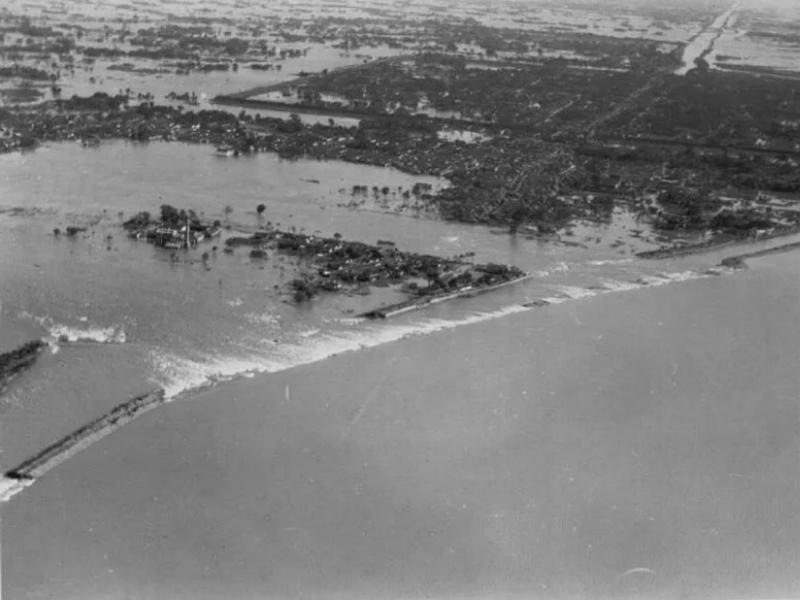
During July 1931 floods from the Yellow, Yangzi, Pearl, and Huai rivers (combined with flooding from the Grand Canal) engulfed much of Central China. The overall flood zone covered an area approximately 180,000 square kilometers and at the floods peak approximately 53 million people were impacted by the floods.
Sadly death tolls reached approximately 3.7 million people and this is seen as the worst natural disaster of all time due to the massive loss of life.
The effect went beyond the initial loss of life from the flood waters. The damage caused by the flood took out buildings and housing and also large areas of farmland resulting in famine the following year. Many diseases spread rampantly after the floods due to poor hygiene, sanitation and overcrowding due to so many people being displaced by the floods.
The recovery from this was definitely one of the history books and no one will be forgetting this tragedy anytime soon.
Final Thoughts
There have been plenty of natural disasters throughout history and luckily many of them do not have the devastating results that these terrible tragedies did in terms of loss of life and sheer economic and environmental collapse.
While we get better and better at understanding weather patterns and how to predict these types of natural disasters they seem to be ever evolving and require constant study. One thing is certain: you need to have a healthy respect for mother nature and if you have forewarning of a pending natural disaster, take it seriously and it may just save your life.